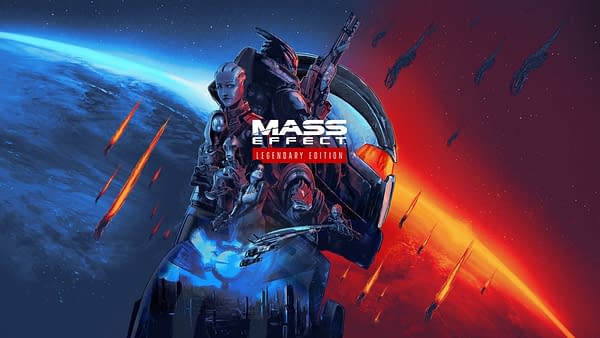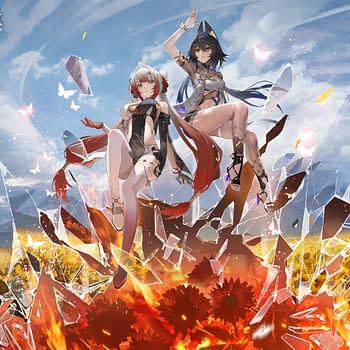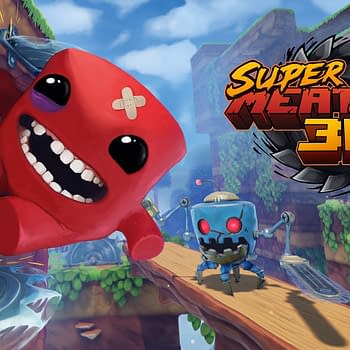Posted in: Electronic Arts, Games, Mass Effect, Video Games | Tagged: bioware, Electronic Arts, mass effect, Mass Effect Legendary Edition
BioWare Details Visual Improvements To Mass Effect: Legendary Edition
Electronic Arts and BioWare have released new info detailing the visual improvements that went into Mass Effect: Legendary Edition. Essentially the team gave this entire game the once-over and improved every visual aspect they could without detracting from the original too much. That way everything you see is both new as well as familiar. The team went into detail about it on this blog, as well as releasing a video about it, which we have for you below. We've also included a snippet from the blog talking about the phases they went through to make the classic stand out once again.

Mass Effect: Legendary Edition Phase 1: Building The Foundation
We started Phase 1 by identifying and cataloguing every asset in the trilogy. How many particle effects, 3D models, textures, levels, GUI (Graphical User Interface) elements, sounds, cinematic movies, etc. actually exist across the trilogy, and on average what are their quality levels? Do the source assets (content creation files) still exist? What percentage of those assets should we improve, and on average, how long will each asset type take to improve? Knowing the sheer numbers of assets and their quality levels shaped our strategy for improving each "type" of asset. The original trilogy was released entirely on a console cycle that allowed up to 1080p resolutions but was often actually running at 720p or lower. Now, the remaster is releasing on hardware that allows 4K resolutions, so the answer for how many textures we wanted to improve was easy: every single one of them. For the trilogy, this is well over thirty thousand individual textures.
First, we increased the engine limits on texture sizes, so any textures that were authored larger than could be used on-disk could now use their full resolutions. We then wrote some batch processes that worked along with an AI up-res program to increase the original uncompressed textures to four times their originally authored sizes. Our batch tools made special considerations to maintain the validity of special texture types, like normal maps or masks to ensure colors didn't contaminate each other. At this time, we also incorporated some more modern texture compression techniques that would allow those textures to hold onto more of their quality on disk. Meanwhile, our programmers were hard at work upgrading our version of Unreal Engine 3 to a more updated and unified version. With the game playable again, and a much higher base resolution to work from, we began to improve assets by hand.










